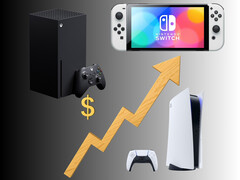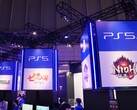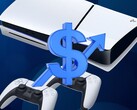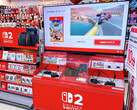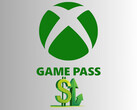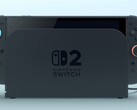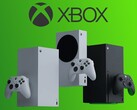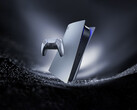Price increases for consoles that are four years old or more are frustrating buyers. The PS5 price was the latest to see a $50 adjustment upwards in the U.S. With Xbox and Switch consoles also pricier, an Ars Technica article explains how unusual these rising costs are.
The site compared price trends including retro consoles going back to 1977 and adjusted for inflation. After three years of availability, the cost of most systems fell by more than 50%. Yet, the PS5, Xbox Series X|S, and Switch are still nearly as expensive, if not more so, as they were on their release dates.
Even though the rising costs of goods distort the picture somewhat, the Ars Technica estimates are striking. If adhering to trends, the PS5 Digital would cost $229.02, while the PS5 with disc drive would demand $286.28. In the case of the digital version, the recent price hike to $500 is actually higher than its adjusted-for-inflation launch MSRP of $497.17.
The situation isn’t much different with PlayStation console rivals. With the original non-OLED Switch, the study estimates a 2025 cost of $116.21. At $400, the OLED model is now nearly double the expected price of $216.04.
Warning signs for console price increases
While tariffs have become an issue recently, console prices remained steady several years into their lifecycles. Component shortages and increasing manufacturing costs explain the lack of earlier price drops. The chips used in gaming machines also aren’t significantly smaller or cheaper.
Ultimately, Sony can justify the PS5 price increase as long as buyers still purchase their hardware. The Switch 2 remains at the same price for now, with Nintendo raising the cost of older handhelds and accessories instead. Meanwhile, Microsoft has shifted its focus away from the Xbox Series X and S. When combined with higher game prices, struggling gamers see little hope for immediate relief.




